We are now four parts into the art of composite series, and this week we touch upon style and influence.
I group these two aspects because you can not have one without the other. Your style will eventually be the thing that influences people to pay for your work, and your influences are where your style comes from. Your style is the alchemy, that personal magic that makes your work uniquely yours. Some photographers spend all their career trying to create their style, whilst for some, it happens very early on. There is no surefire technique to creating your style, it will evolve naturally. It will more than likely grow from your life influences and experience.
In short, I cant teach you how to grow your style but I can dissect my own and maybe that will help you find the seeds of yours. Just like our behavior patterns, most of our biggest influences and passions are usually things from our childhood or influences we grew up with. If I was to create a mood board of just a small portion of my influences it would look something like this. A mish-mash of many things, and most of them from my childhood and teen years. Let us break my influences down into sections.

Movies
I spent a huge chunk of my life watching movies, and it is still one of my biggest sources of inspiration. I was raised on eighties movies, mainly horror, sci-fi, and action. If you look at my images you can see the stamp they left on my subconscious. Movies fire up the imagination, they create worlds and focus on the story. I think this is why I always struggled to be entertained with simple portrait photography, there was not enough storytelling or world-building. I guess this is why I transitioned to composite. But movies are not just for inspiration, you can learn a lot from dissecting scenes. Watch out for how things are created like mood, lighting and camera angles. Watch to be entertained, but then watch to educate. You can see my cinematic influences clearly in these images below.
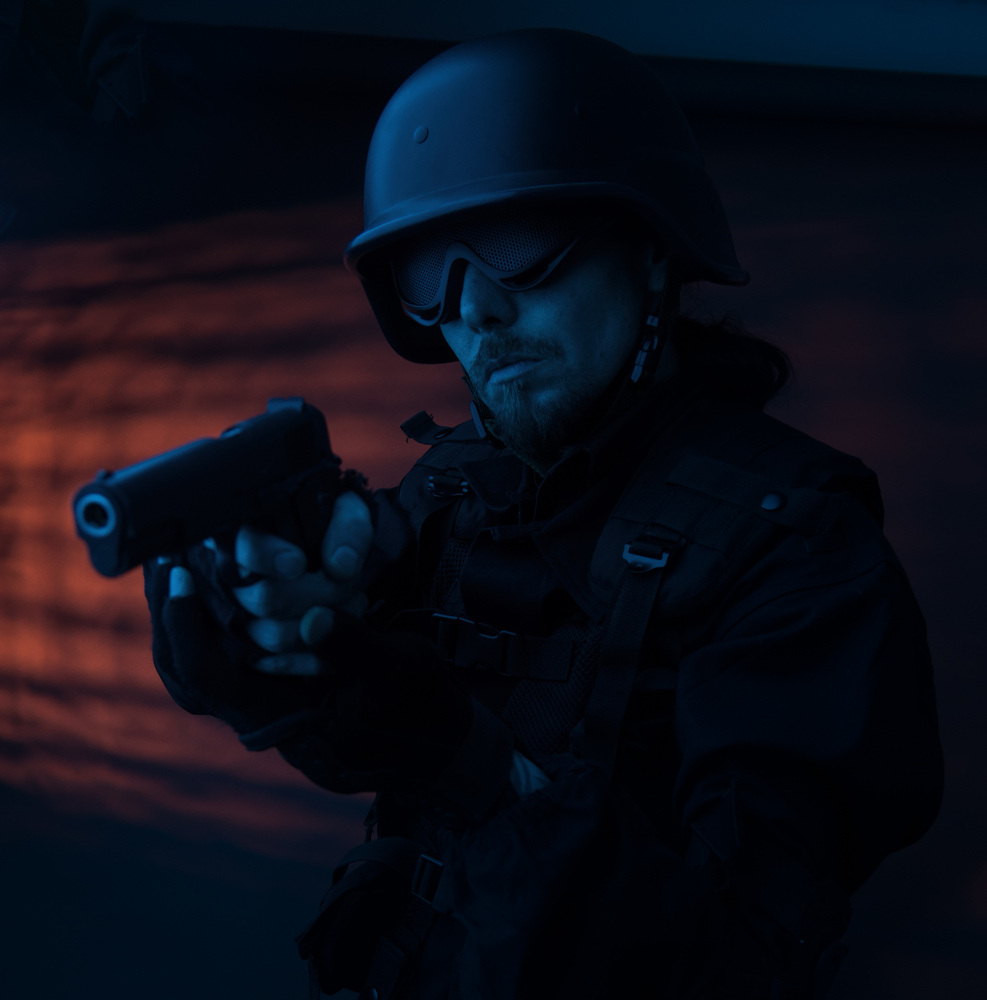
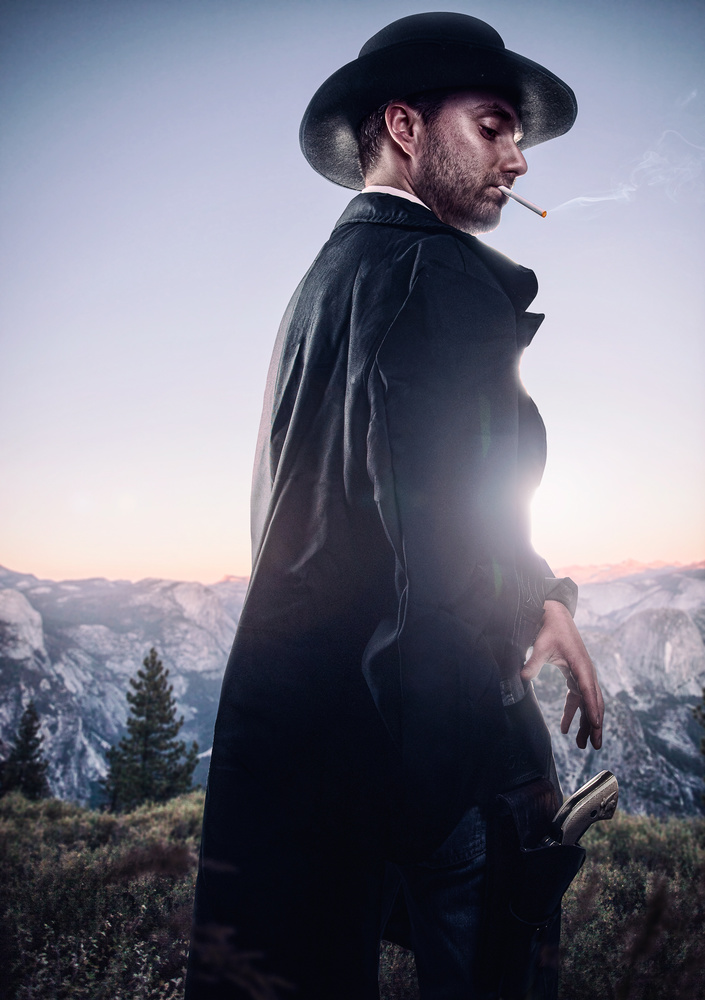
Graphic Novels and Books
Graphic novels and books played a huge part in building up my knowledge of art and story. I would spend countless hours reading the stories, again usually content that was for eyes much older than mine at the time. Things like Toxic magazine, Alien Vs Predator, The Terminator comic franchise, and usually anything horror related. Just like watching movies, graphic novels not only entertain, they also educate. An illustrator has only a specific amount of space to express to the reader what is unfolding. To do this he has to use the correct colors, tone composition, and emotion. Very close to how we as photographers must work. I believe all those years of reading graphic novels affected me subconsciously, not only in subject matter but technique. If you look at my work it has a very painterly feel sometimes, with bold colors and strong lines. you can see these influences in the images below.

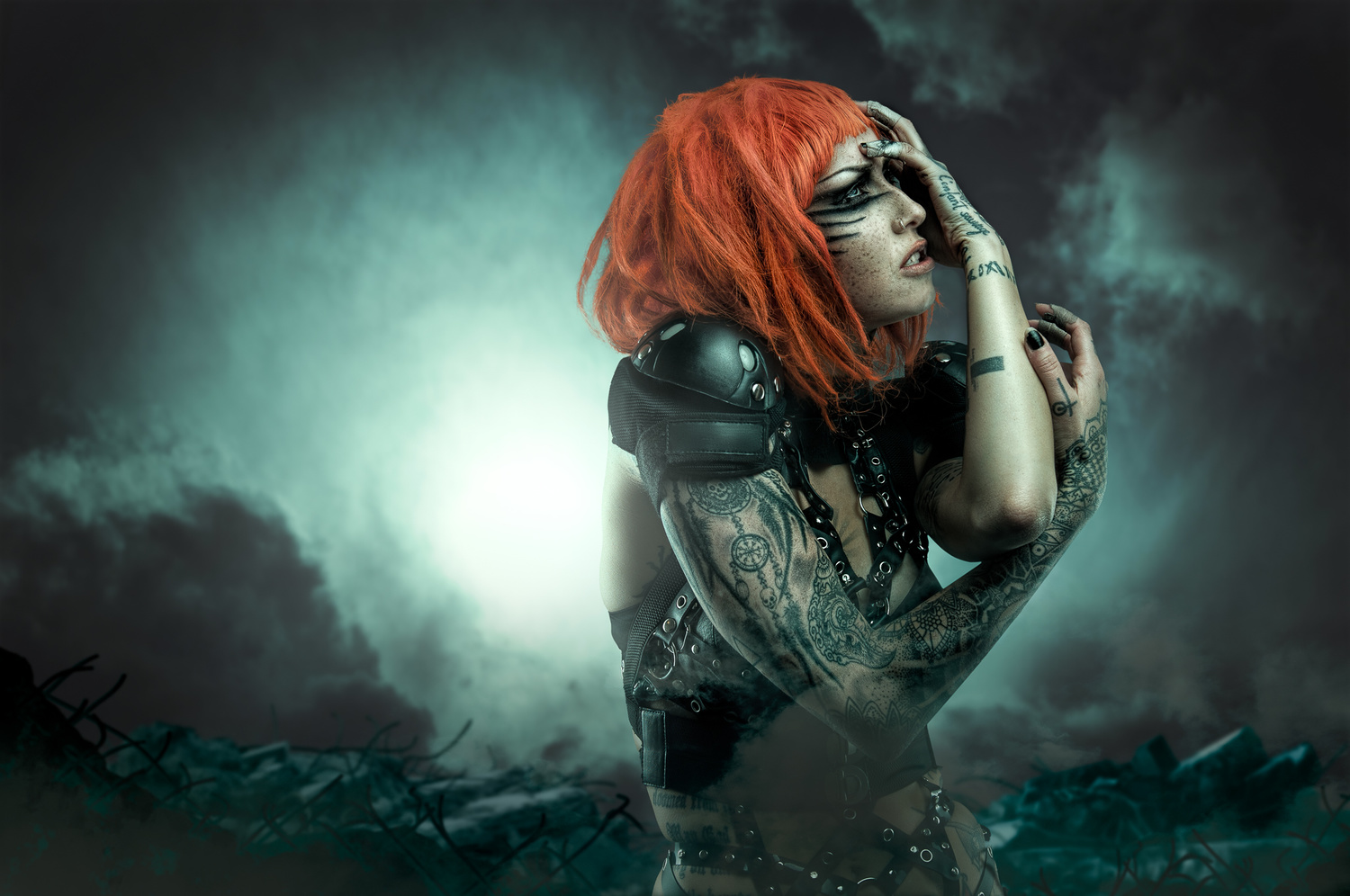
Art
Another influence is the art of old. I lived with my grandparents on and off through my childhood and spent most of my free time with them. My grandad would teach me about the painters of old from a very young age. Painters like Picasso, Hockney, Van Gogh, and Lowry. Not only this, he would teach me about the technique of art. About light, shadow and how hands are always the most difficult part of the human body to sketch. Growing up in this environment was the catalyst to who I am today, so as an aside, be sure to teach your children and grandchildren about art. It might not feel like it, but it does stick. Maybe it will be the thing that inspires and influences them when they grow older. But I digress. The influence of my grandad stuck with me. When I practiced photography and Photoshop and I would try to integrate painter techniques and that old art style to my work. You can see these influences in the work below.

History, Heritage and Landscape
Your influences are not only the input of media but you are also the output of your surroundings. You are shaped by the country you live in, its politics, its traditions, and its history. Depending on where you originate from this can be many things. Being an Englishman, I am constantly steeped in history. You can find something historic a spit away in any direction. I grew up with tales of folklore, kings, and legends. As I grow older, I begin to see how my country has influenced me in many ways, and it constantly inspires me, as you can see from the photo below.
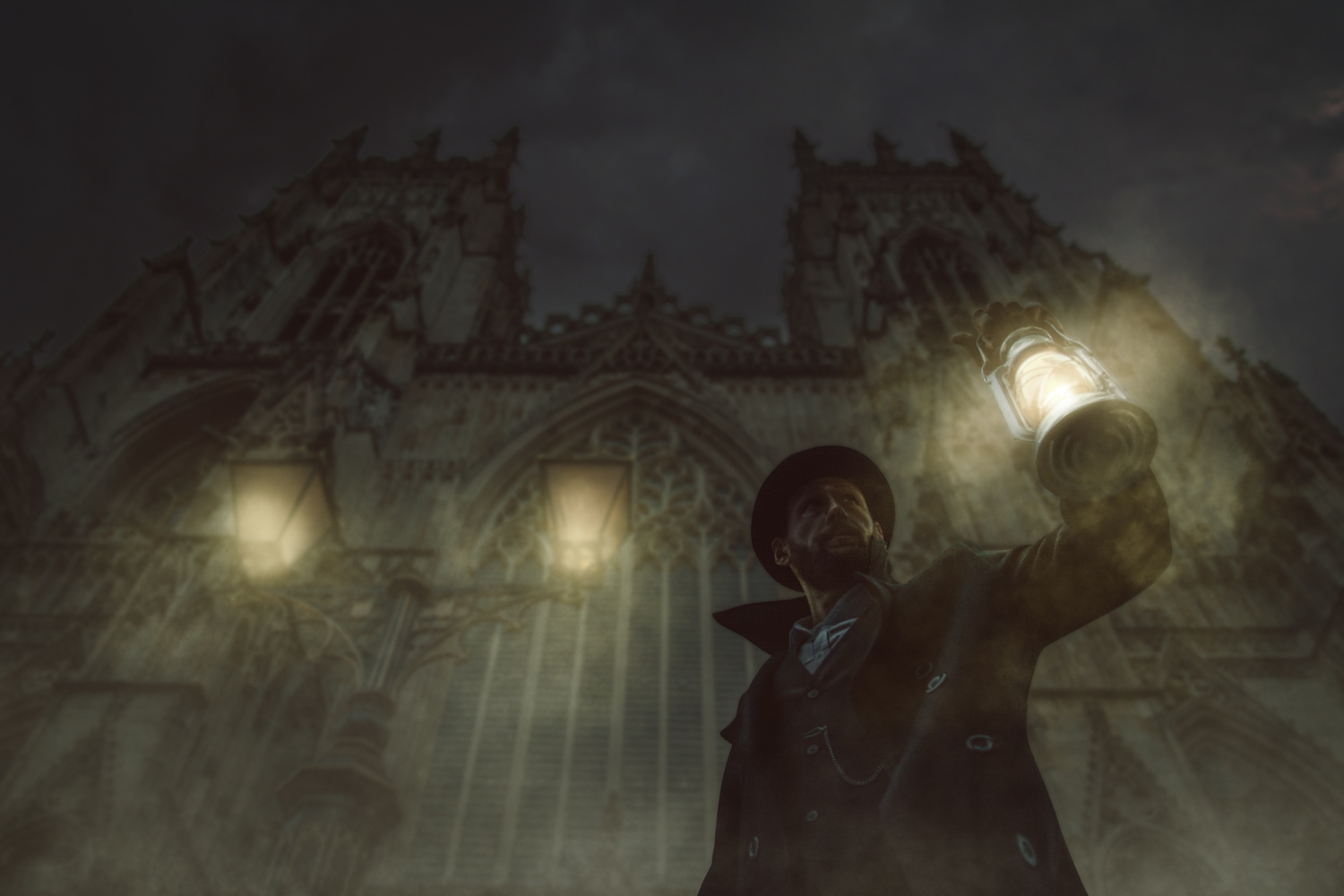
There are probably many more influences that I do not even recognize. Subconscious things that are hidden in the dark depths of my brain. Take a look at your own work and see if there any reoccurring themes or motifs. If not, do not worry, eventually, your influences will come to the surface and a style will evolve. It is not something that can be forced but something that must evolve, it is already within you.
Finally, there is one more element to the alchemy and that is the people in the industry you who you follow and learn from. When I first started teaching myself from YouTube and books I would learn from people like Calvin Hollywood, Glyn Dewis, Renee Robyn, and Matt Kloskowski. They all have their fingerprints on my early work from which my style was born. If you are low on influences here are some composite artists to follow. Each and every one of them has their own unique style. Like any form of art, first you want to enjoy at as a viewer, but then start to dissect it. How did they light it? What colors did they use to convey mood? Learn from their art. It is ok to create like your influences as long as you do not outright copy them. Use them as a reference, a guidepost to start from and then add your own stamp. Like I said earlier there is no magic formula. Take some time to think about what you loved as a child, what you love now. What really makes you happy? If you can create art with those elements in, it will not be long before you have a style of your own.
Renee Robyn
Dracorubio

Glyn Dewis
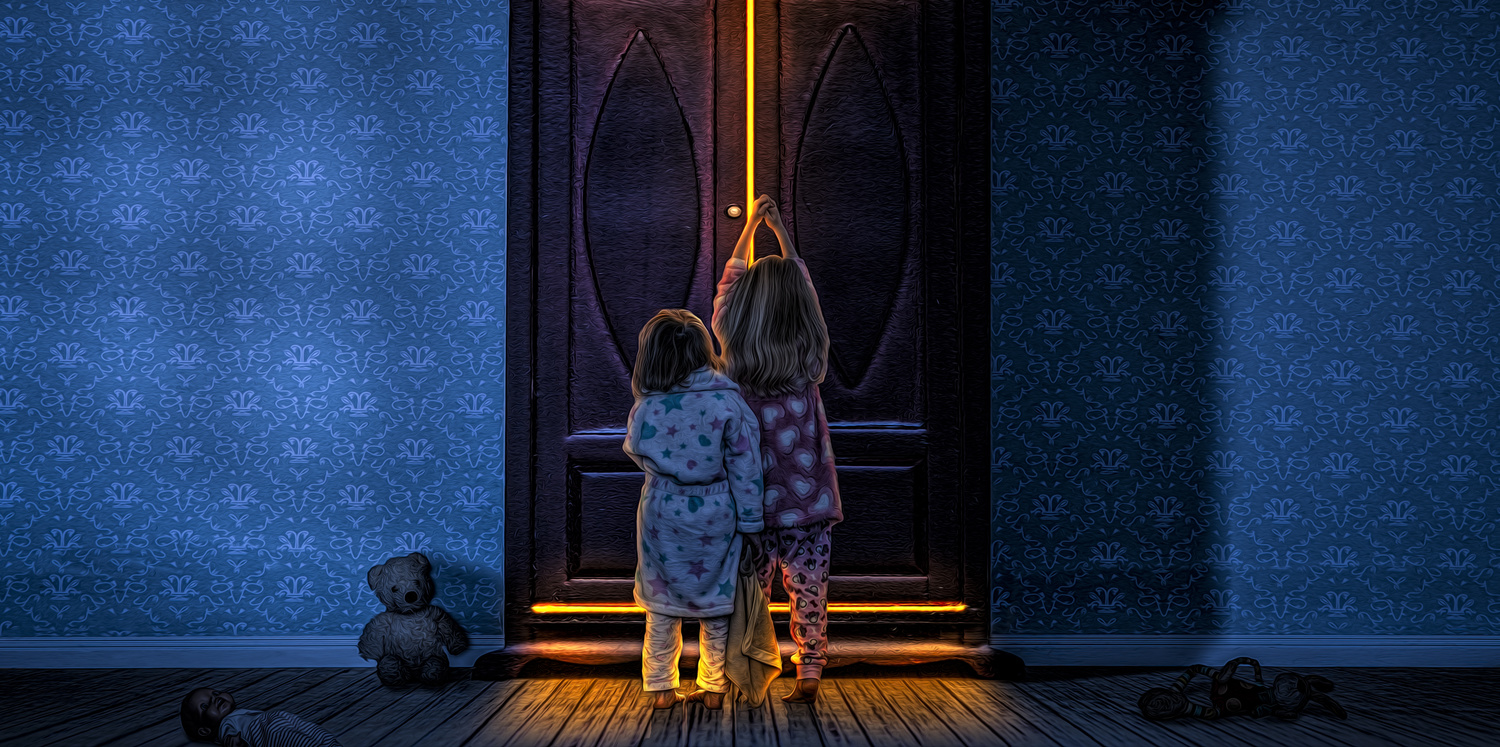
Robert Cornelius

Colin Anderson

Anya Anti
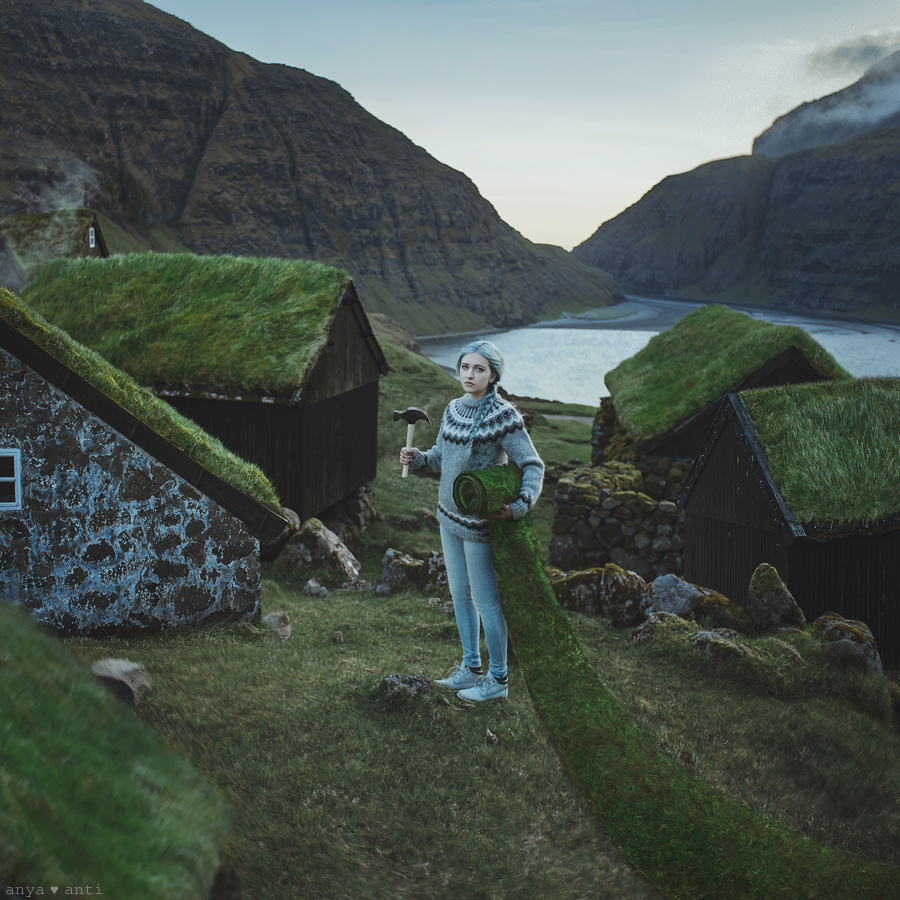
Adrian Sommeling

Mario Olvera

Nemanja Sekulic

Josh Rossi

All images used with permission







Thank you for this great post, do you know a good tutorial for this type of work, am very interested in learning more, thank you.
Who has auto software for backgrounds and composites ?? Just like sky replacement ..
No, am very new at this, all I been doing is taking regular photos, but the type of work you do, I would love to learn. so I need guidance where to start first.
Of course great work. But to speed thru I find more of a tease. A lot of time goes into a project like this. I am so not sure I like this post. It offers nothing but a highly skilled artisan. A bummer for me
There are links to everyone's websites...plenty of inspiration for you. I'm not sure what you expect from a written post? These posts are here as a starting point. You have to do the leg work yourself. If you want it enough, you will do it. :)
Great series of articles! However, you forgot to include three other very important earlier conceptual photographers who are photo-compositers par excellence: ERIC ALMAS, FLORIAN SCHNEIDER, and the one who started it all, GLEN WEXLER. If you Google them, you will see what I am talking about.